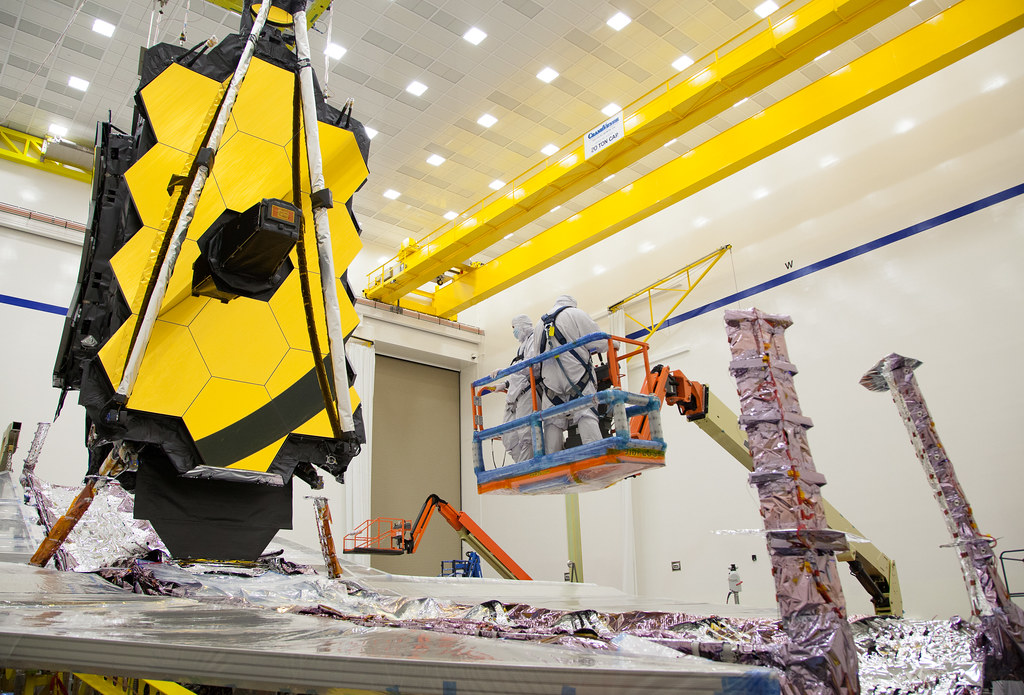Webb Telescope Successfully Captures Exquisite Details of the Ring Nebula
The James Webb Space Telescope, a collaboration between NASA, ESA, and CSA, has recently captured stunning images of the Ring Nebula, also known as M57 and NGC 6720. This well-known planetary nebula, located approximately 2,500 light-years away from Earth, has been observed with unprecedented detail.
The new images taken by the Webb telescope provide remarkable spatial resolution and spectral sensitivity, revealing unique details across both infrared observations. The Near-Infrared Camera (NIRCam) image shows intricate details of the filament structure of the inner ring, while the Mid-Infrared Instrument (MIRI) image highlights specific details in the concentric features of the outer regions of the nebula.
One interesting finding from the observations is the presence of around 20,000 dense globules in the nebula, which are rich in molecular hydrogen. In contrast, the inner region shows very hot gas. The main shell of the nebula contains a thin ring of enhanced emission from carbon-based molecules known as polycyclic aromatic hydrocarbons (PAHs). Additionally, there are approximately ten concentric arcs located just beyond the outer edge of the main ring. These arcs are believed to originate from the interaction of the central star with a low-mass companion orbiting at a distance similar to that between Earth and the dwarf planet Pluto.
Studying nebulae like the Ring Nebula provides astronomers with a glimpse into astronomical archaeology, as they can learn about the star that created it. The unique shape of the Ring Nebula resembles a distorted doughnut, with a brightly colored barrel of material extending away from us. Although the center of this doughnut may appear empty, it’s actually filled with lower density material that stretches towards and away from us, creating a shape similar to a rugby ball slotted into the doughnut’s central gap.
The main ring of the nebula is composed of gas expelled by a dying star at its center. This star is in the process of becoming a white dwarf, which is the final evolutionary stage for a star like the Sun.
The Ring Nebula has been a subject of interest for astronomers since its discovery in 1779 by Antoine Darquier de Pellepoix and Charles Messier. It was added to the Messier Catalogue and has become one of the most notable objects in our skies. The nebula was stumbled upon by these astronomers while they were trying to track the path of a comet through the constellation of Lyra, which passed very close to the Ring Nebula.
The observations of the Ring Nebula were part of the James Webb Space Telescope’s observing program. The Hubble Space Telescope previously observed the nebula in 2013, and since then, it has become one of the observatory’s most well-known images. Combining ground-based data with observations from Hubble, astronomers have been able to explore the structure, evolution, physical conditions, and motion of the nebula, revealing its unique shape resembling a distorted doughnut.
The James Webb Space Telescope is the largest and most powerful telescope ever launched into space. It was launched with the help of ESA’s Ariane 5 launch vehicle. ESA also contributed to the development and qualification of Ariane 5 adaptations for the Webb mission and procured the launch service through Arianespace. Furthermore, ESA provided NIRSpec, a spectrograph, and 50% of MIRI, the mid-infrared instrument, which was developed and built by a consortium of European Institutes in partnership with JPL and the University of Arizona.
The Webb telescope is a remarkable international collaboration between NASA, ESA, and CSA. Its recent observations of the Ring Nebula have provided scientists with unprecedented insights into this archetypal planetary nebula, showcasing its intricate details and contributing to our understanding of stellar evolution and the formation of nebulae.
